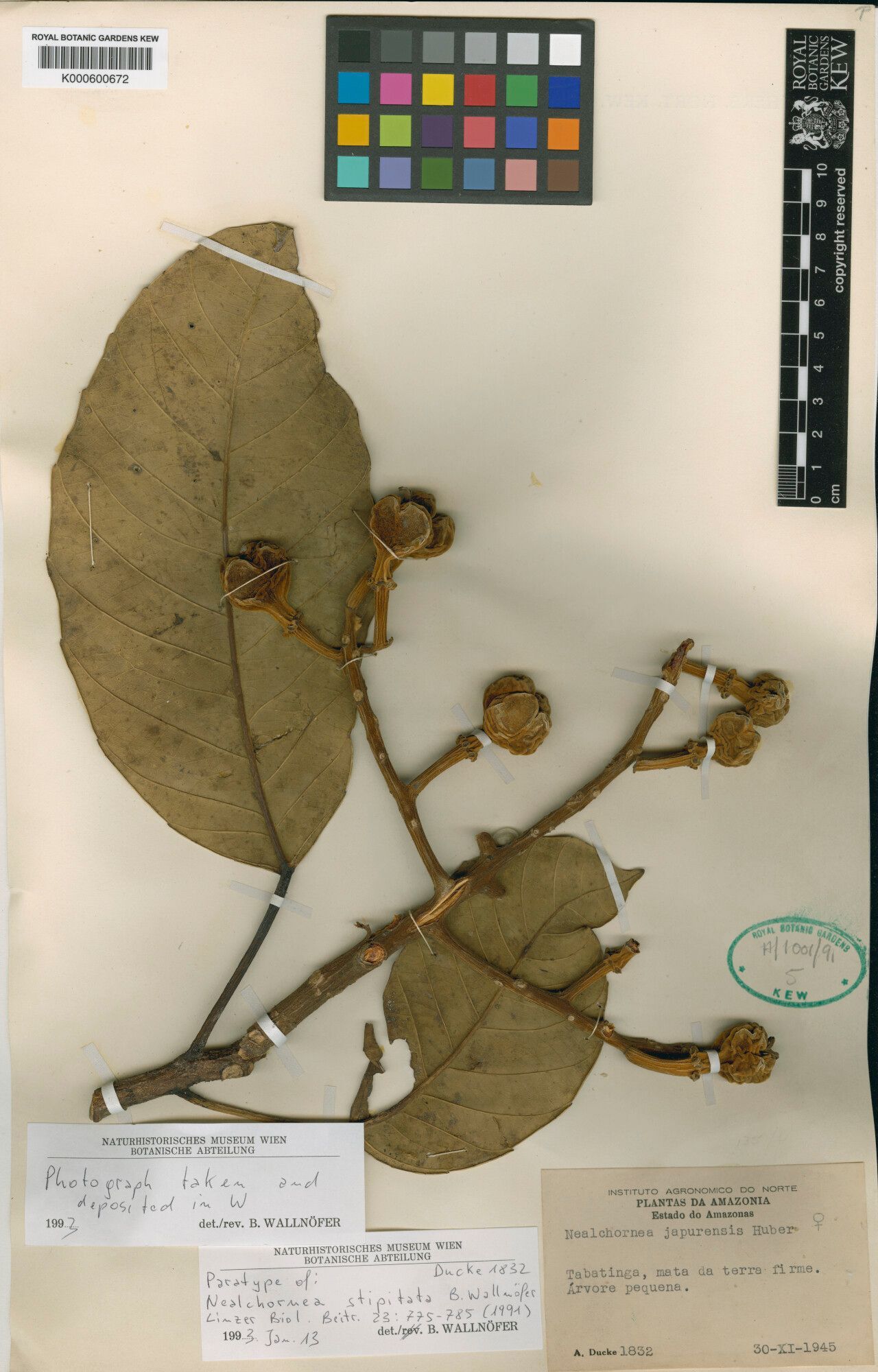Unlocking the Secrets of the Soapberry Tree: Propagating Nealchornea stipitata
The Nealchornea stipitata, more commonly known as the ivory wood or soapberry tree, is a captivating tropical plant. Native to Southeast Asia, this evergreen species boasts lush foliage and unique, aesthetically pleasing fruit capsules. While admired for its ornamental value, propagating Nealchornea stipitata can appear daunting. Fear not, fellow plant enthusiasts, for we’re about to demystify the process!
Two Paths to Propagation:
Nealchornea stipitata offers two primary methods of propagation: seeds and cuttings. Each approach has its advantages and challenges, catering to different levels of experience.
1. The Seed Route: Embracing Nature’s Rhythm
Propagating from seed offers a magical experience, witnessing a plant’s life cycle from its very beginning. Here’s what you need to know:
- Seed Collection: Nealchornea stipitata produces woody fruit capsules containing small, round seeds. Harvest mature, dry capsules directly from the tree, or source them from reputable suppliers.
- Seed Preparation: Gently crack open the capsules and extract the seeds. A short period of seed stratification, mimicking natural conditions, can aid germination rates. Store the seeds in a cool, dry place for 4-6 weeks before sowing.
- Sowing the Seeds: Use a well-draining seed-starting mix and sow seeds at a depth of about ¼ inch. Maintain consistent moisture and warmth, ideally between 75-85°F (24-29°C).
- Patience is Key: Germination can take anywhere from a few weeks to a couple of months. Once seedlings emerge and develop a few true leaves, they can be carefully transplanted into individual pots.
2. Cutting Edge Success: The Power of Clones
Propagating from cuttings allows for faster establishment and ensures the new plant will share the characteristics of its parent. Here’s how to do it:
- Timing is Everything: Take cuttings during the plant’s active growing season, ideally in spring or early summer.
- Selecting the Right Cutting: Choose healthy, semi-hardwood stems, about 4-6 inches long, with at least two nodes. Remove the leaves from the lower portion of the cutting.
- Hormonal Boost: While not strictly necessary, dipping the cut end in rooting hormone can significantly improve success rates.
- Planting the Cutting: Plant the treated cutting in a well-draining potting mix, ensuring the nodes are buried.
- Creating the Ideal Environment: Maintain high humidity by covering the cutting with a plastic bag or using a propagation dome. Place the pot in a warm, bright location, but out of direct sunlight.
- Rooting Success: In a few weeks, you should see new growth, indicating successful rooting. Once the cutting is established, it can be gradually acclimated to normal humidity levels and treated as a mature plant.
Nurturing Your Nealchornea stipitata:
Regardless of your chosen propagation method, providing the right care is crucial for your Nealchornea stipitata to thrive:
- Well-Draining Soil: The plant prefers loose, well-draining soil that mimics its natural habitat.
- Bright, Indirect Light: While tolerant of some shade, Nealchornea stipitata flourishes in bright, indirect light conditions.
- Moderate Watering: Allow the topsoil to dry out slightly between waterings, avoiding overwatering, which can lead to root rot.
- Warm Temperatures: Being a tropical plant, it thrives in temperatures above 60°F (15°C).
propagating your Nealchornea stipitata might seem like a horticultural challenge, but with the right approach and a touch of patience, you can unlock the secrets to successfully propagating this unique and rewarding plant. So go ahead, embrace the experience, and add the captivating beauty of the soapberry tree to your own green sanctuary.

